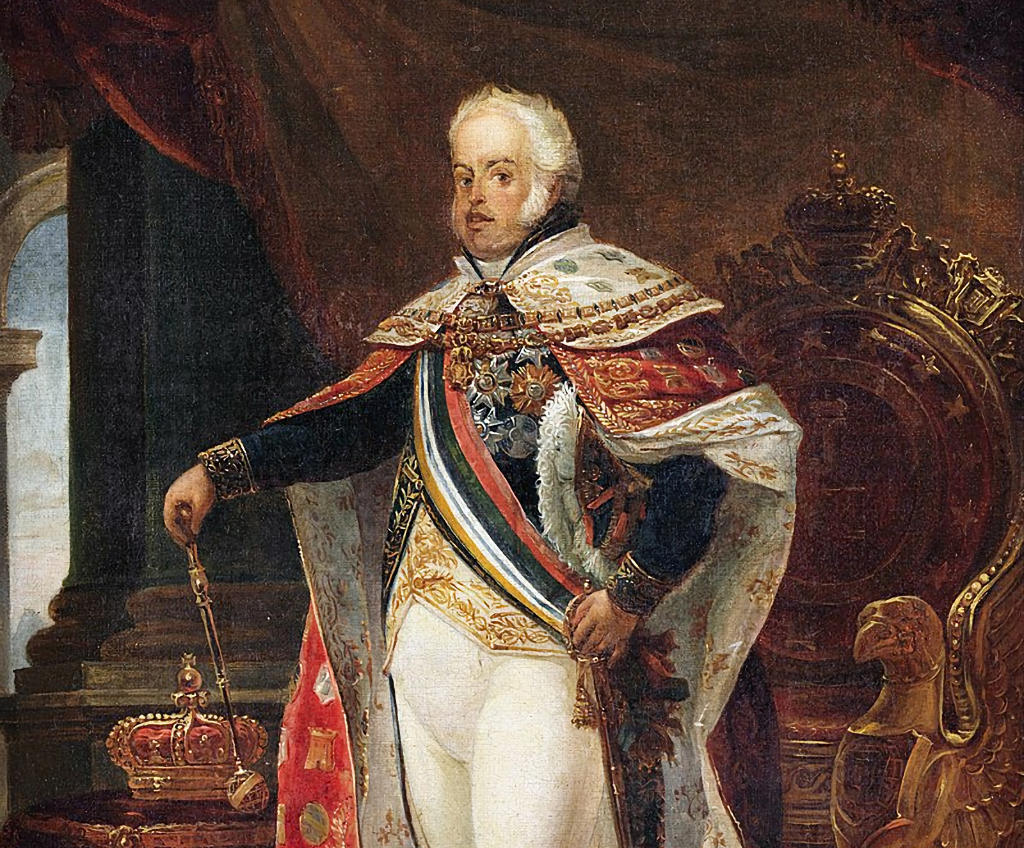While the royal court resided in Brazil, Lisbon faced a period of uncertainty and change. The absence of the king presented an opportunity for political and social reforms in the city. The Marquis of Pombal's influence continued to shape Lisbon's development, with ongoing urban planning initiatives and architectural projects. The city witnessed the construction of new public buildings, squares, and avenues, transforming its skyline.
After the Congress of Vienna in 1815, which reaffirmed Portugal's sovereignty, Dom John VI returned to Lisbon in 1821. His arrival marked a significant turning point for Lisbon and Portugal as a whole. However, the monarch's return also coincided with rising political unrest and demands for constitutional reforms. In 1822, Brazil declared independence from Portugal, further altering the dynamics of the empire.
The Liberal Revolution of 1820 in Lisbon called for the establishment of a constitutional monarchy, marking a significant shift in power. Dom John VI was compelled to accept a constitution and shared governance with the Portuguese Cortes. Lisbon became a center of political discussions and debates, shaping the future direction of the nation.
Lisbon.vip Recommends
Moreover, Dom John VI's reign witnessed advancements in infrastructure, including the construction and improvement of roads, bridges, and public utilities. These developments laid the foundation for Lisbon's urban expansion and modernization in the following centuries.
Today, Lisbon bears the marks of Dom John VI's reign, from its architectural landmarks to its vibrant cultural scene. The city stands as a testament to the transformative era he presided over.
In conclusion, King Dom John VI's reign had a profound impact on Lisbon, shaping the city's political, social, and cultural landscape. His decision to relocate to Brazil and subsequent return to Lisbon brought about significant changes and set the stage for the nation's future. Dom John VI's legacy endures in Lisbon's architectural wonders, intellectual achievements, and the spirit of progress that characterizes the city.



